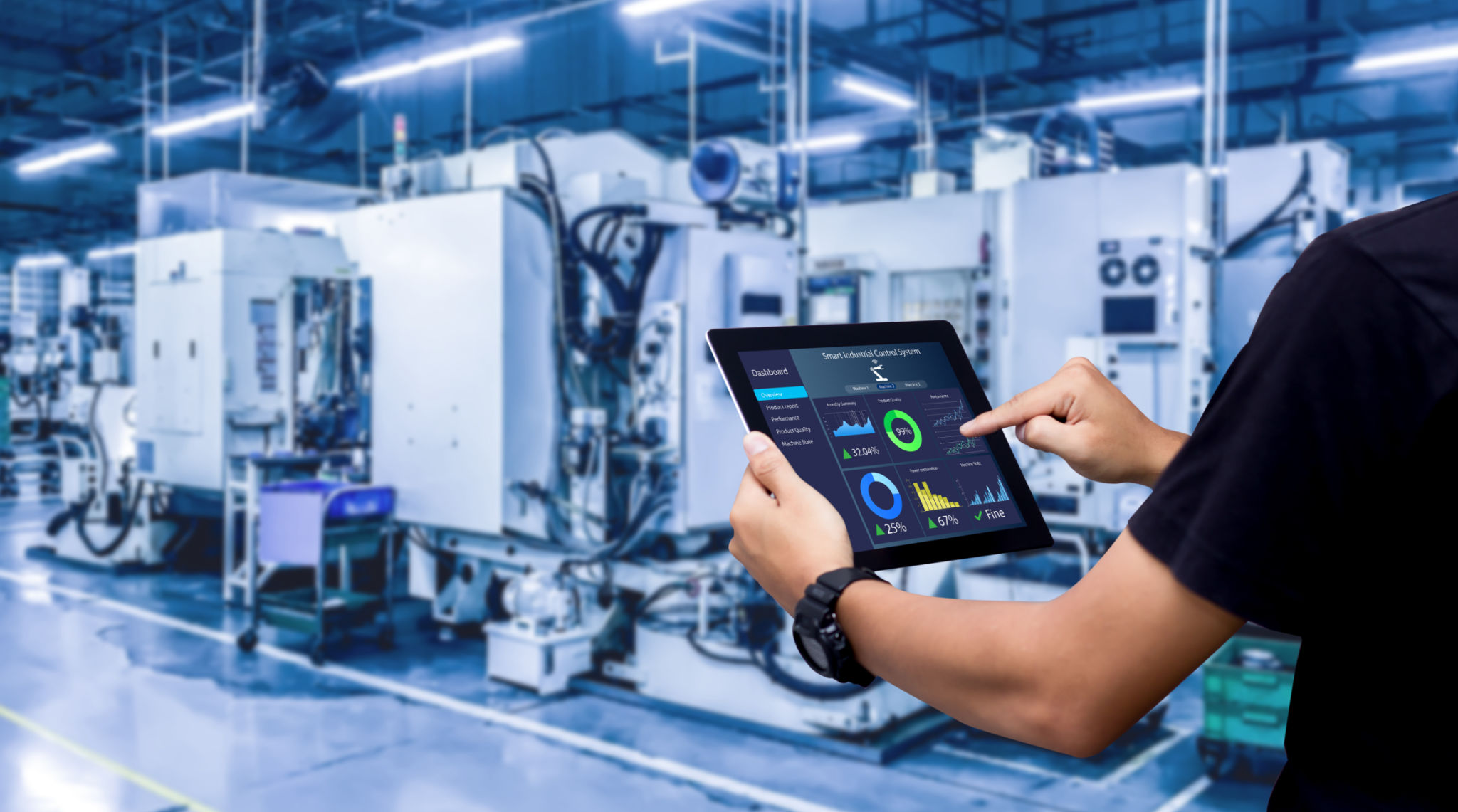How Custom Tufting Parts Enhance Manufacturing Efficiency
Understanding Custom Tufting Parts
In the world of manufacturing, efficiency is a key driver of success. One area where efficiency can be significantly enhanced is through the use of custom tufting parts. These specialized components are designed to meet specific needs and applications, offering a tailored solution that standard parts simply cannot provide. By optimizing the design and functionality of tufting parts, manufacturers can achieve smoother operations and reduced downtime.
Custom tufting parts are particularly beneficial in industries where precision and durability are paramount. Whether it's in automotive manufacturing, textile production, or furniture making, having parts that are specifically designed to fit the unique requirements of a process can make a substantial difference. This customization reduces the need for adjustments or modifications during production, leading to a more streamlined workflow.

The Benefits of Customization
One of the primary advantages of custom tufting parts is their ability to enhance manufacturing efficiency through precision and adaptability. Custom parts are engineered to exact specifications, ensuring that they fit perfectly within existing systems. This precision minimizes the risk of errors and inconsistencies, which can lead to costly delays and rework.
Moreover, customized components are often crafted from high-quality materials that are selected based on the specific demands of the application. This ensures not only a longer lifespan for the parts but also enhances the overall performance of the machinery. For manufacturers, this translates to reduced maintenance costs and less frequent part replacements.

Streamlining Operations with Custom Solutions
Incorporating custom tufting parts into manufacturing processes can streamline operations significantly. By eliminating the need to adjust standard parts to fit particular needs, manufacturers can focus on optimizing other aspects of production. This streamlined approach reduces setup times and allows for quicker transitions between different production runs or product types.
Additionally, custom parts often come with enhanced features that improve functionality. For example, they might include advanced coatings or specialized designs that enhance performance under specific conditions. These features not only improve efficiency but also contribute to higher quality end products.
Cost-Effectiveness in the Long Term
While the initial investment in custom tufting parts may be higher compared to off-the-shelf options, the long-term cost savings can be substantial. Custom parts reduce the likelihood of production stoppages caused by part failures or incompatibilities. Over time, this leads to a more predictable manufacturing process with fewer disruptions.

Furthermore, with custom parts being designed to integrate seamlessly into existing systems, they often contribute to improved energy efficiency. Machines operate more smoothly and require less power when all components are optimized for compatibility. This reduction in energy consumption not only lowers operational costs but also supports sustainability efforts.
Enhancing Product Quality
The role of custom tufting parts extends beyond just enhancing efficiency; they also play a critical role in ensuring high product quality. When parts are tailored to meet specific needs, they help maintain consistency across production runs. This consistency is vital for maintaining product quality and meeting customer expectations.
Moreover, custom parts can be designed to incorporate innovative features that elevate the functionality and appeal of the final product. Whether it's improved durability, enhanced aesthetics, or specialized functions, these advantages can set products apart in competitive markets.
Conclusion
In summary, custom tufting parts offer a myriad of benefits that enhance manufacturing efficiency. From precision engineering and reduced maintenance needs to improved energy efficiency and product quality, these components provide a valuable solution for modern manufacturers seeking to optimize their operations. By investing in custom solutions, businesses can enjoy smoother processes, lower costs, and higher-quality outputs.
